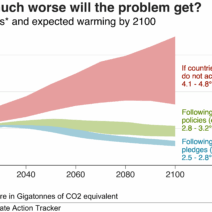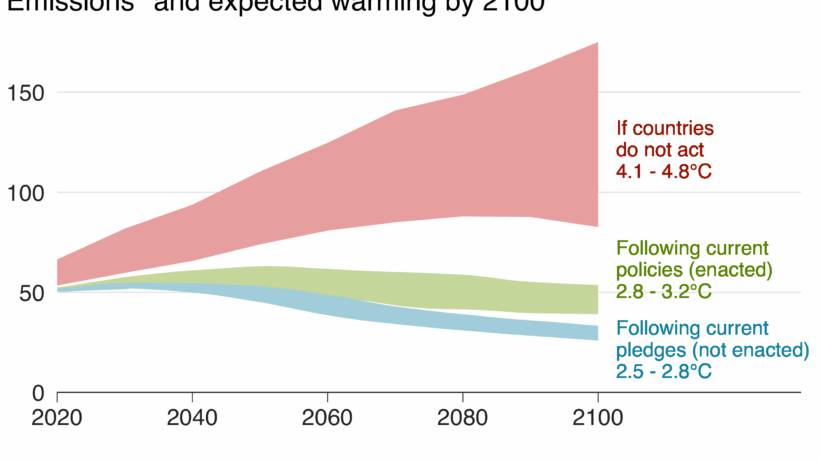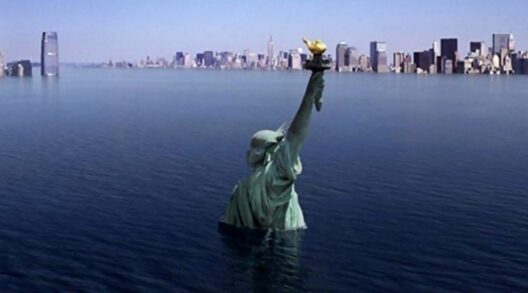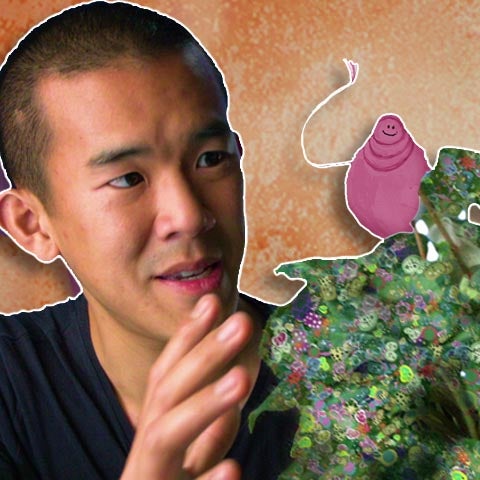Global warming, a consequence of anthropogenic climate change, is rapidly altering ecosystems and the animal species that inhabit them. As temperatures rise, so too does the urgency to comprehend the multifaceted effects on wildlife. This exploration delves into how global warming impacts various animal kingdoms, necessitating a deeper understanding of their precarious position in this changing world.
The primary concern linking global warming to wildlife is habitat alteration. As climatic conditions fluctuate, many ecosystems become inhospitable. For instance, polar species, such as polar bears and seals, depend on sea ice for hunting and breeding. With diminishing ice due to rising temperatures, these species face starvation and declining reproductive success. The loss of habitat extends beyond polar regions; tropical animals, too, confront existential threats. Rainforest environments are vulnerable to increased temperatures and shifting precipitation patterns, resulting in habitat fragmentation and loss of biodiversity.
Moreover, the phenomenon of ocean acidification, resulting from increased carbon dioxide levels, has severe implications for marine life. Coral reefs, often referred to as the “rainforests of the sea,” have begun to suffer from bleaching events. Species such as clownfish, which rely on coral reefs for shelter and food, are finding their reproductive cycles disrupted. The cascading effects through the marine food web can lead to unforeseen consequences for both aquatic habitats and human populations reliant on fisheries.
Climate change also precipitates alterations in animal behaviors. Many species have adapted to seasonal cycles that are now disrupted by changing temperatures. Migratory patterns in birds, for example, are becoming misaligned with the availability of food sources. Some birds are arriving earlier in spring, only to find that insects — their primary food source — have not yet emerged. This temporal mismatch can lead to reduced breeding success and population declines over time.
Another notable aspect of global warming’s impact is its role in exacerbating the spread of pathogens. Warmer temperatures contribute to the proliferation of parasites and diseases, which can decimate animal populations. Amphibians have been particularly vulnerable; chytridiomycosis, a fungal disease, has ravaged frog populations across the globe. The increased stress that climate change places on these animals further intensifies their susceptibility to disease, creating a vicious cycle of decline.
Insect populations, crucial for pollination and ecosystem health, are also under siege. Elevated temperatures can lead to higher mortality rates and alter the dynamics of predator-prey relationships. The potential collapse of pollinator populations, such as bees and butterflies, could have catastrophic results for food production and natural plant life. The intricate balance of ecosystems relies heavily on the contributions of these often-overlooked species.
In terrestrial environments, the interplay of climate change and animal behavior manifests in observable ways. Species such as deer and bears are extending their ranges northward as they seek cooler climates. This migration not only disrupts existing ecosystems but can also initiate conflicts with human populations. Increased interactions between wildlife and human habitats can lead to public safety concerns and economic challenges.
Furthermore, the implications of global warming transcend immediate ecological effects. Social structures within animal populations can be destabilized. For instance, species that rely on complex social structures, like elephants and wolves, may experience disruptions in group cohesion due to environmental stressors. These stressors can lead to increased competition for resources, thereby intensifying social hierarchies and altering mating behaviors, with potential long-term genetic repercussions.
As researchers delve deeper into the ramifications of global warming on biodiversity, a crucial component of their work involves identifying conservation strategies. Understanding that adaptive capacity varies among species is essential. Some animals are more resilient to climate change, while others face extinction. Conservationists are now advocating for the establishment of wildlife corridors to facilitate species migration and genetic exchange, ensuring that wildlife can adapt to shifting environments.
The intersection of global warming and wildlife conservation necessitates urgent action. The implementation of policies aimed at reducing greenhouse gas emissions is fundamental. Collective efforts to transition to renewable energy sources, protect natural habitats, and implement sustainable agricultural practices can help mitigate the adverse impacts of climate change. Moreover, public awareness and education are vital. Individual lifestyle changes, such as reducing carbon footprints and advocating for environmental justice, can collectively contribute to global efforts.
Understanding the perennial impact of global warming on animal life empowers societies to take informed actions. Recognizing the intricate dependencies within ecological systems underscores the importance of preserving biodiversity. As custodians of this planet, humanity bears the responsibility to foster a sustainable coexistence with all forms of life. The alarm bells are sounding; immediate intervention and a unified response are paramount to safeguard the future of wildlife in the face of climate adversity.
In conclusion, the ramifications of global warming extend far beyond the realm of human concerns. The urgency to act is palpable, as countless species find themselves in the proverbial hot seat. Preserving the natural world requires a concerted effort from all levels of society. The time to engage in meaningful dialogue and substantive action is now, for the health of our planet depends on preserving its diverse life forms.







